The Archaeological Significance of Kuntur Wasi
Kuntur Wasi, translating to “Condor House” in Quechua, stands as a testament to the architectural and cultural achievements of ancient Andean societies. Located in the Northern Mountain Range of Peru, specifically at the headwaters of the Jequetepeque River near the city of Cajamarca and the small town of San Pablo, this site offers invaluable insights into the religious and social practices of its inhabitants, who are believed to have had connections with the Chavín culture.
Get your dose of History via Email
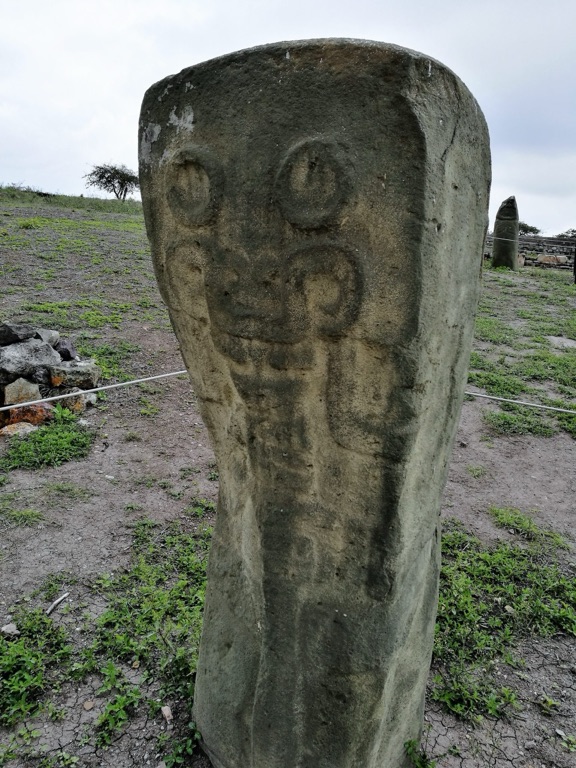
Historical Context and Discovery
The site of Kuntur Wasi was occupied from 1200 to 50 BC, with its main construction phase dating from 1000 to 700 BC, during the Initial Period of Peruvian archaeology. This era is characterized by the development of complex societies and the construction of monumental architecture in the Andean region. The discovery of Kuntur Wasi in 1945 by Julio C. Tello marked a significant milestone in the understanding of Peru’s ancient cultures. Further excavations, notably by scientists from the University of Tokyo starting in 1989, have uncovered eight tombs and a wealth of artifacts that shed light on the site’s ceremonial and funerary practices.
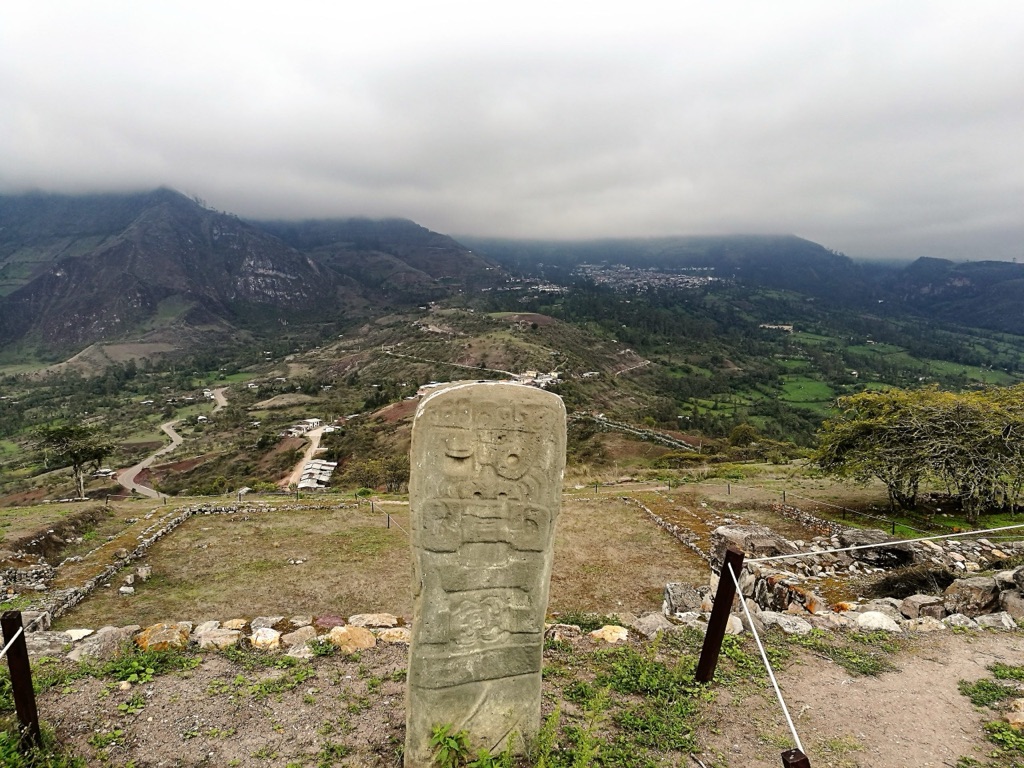
Architectural and Artistic Features
Kuntur Wasi’s architecture is distinguished by a hill-top temple, quadrangular platforms, a sunken courtyard, and a series of rooms. Among the notable findings is an anthropomorphic clay figure, approximately 30 inches in height, painted in vibrant colors and adorned with prominent canine teeth, indicative of the site’s religious or ceremonial significance. The presence of stepped platforms and funeral structures further emphasizes the site’s role as a center for congregational and ritual activities.
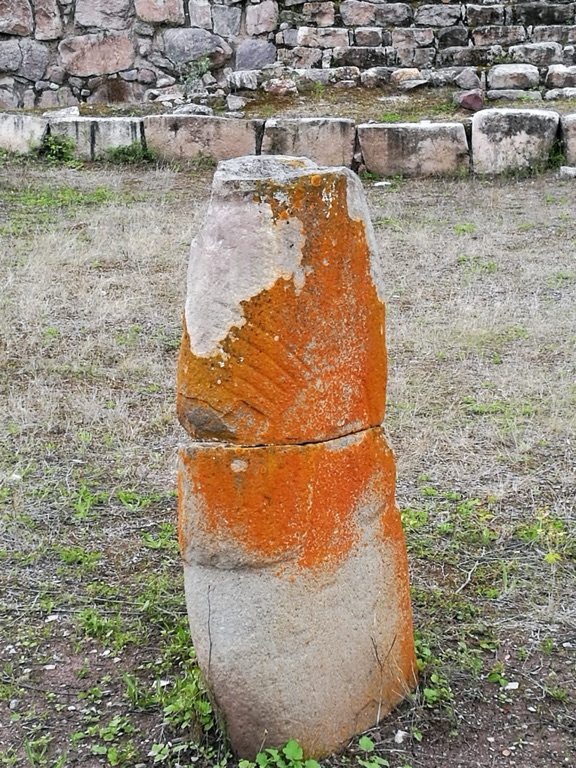
The lithosculptures found at Kuntur Wasi, characterized by serpent and feline designs, bear a striking resemblance to the Chavín style, suggesting a cultural linkage or influence between the two societies. These sculptures, along with other artifacts such as pectoral necklaces, gold crowns, and ornamental stone beads, highlight the artistic sophistication and the extensive trade networks of the site’s inhabitants.
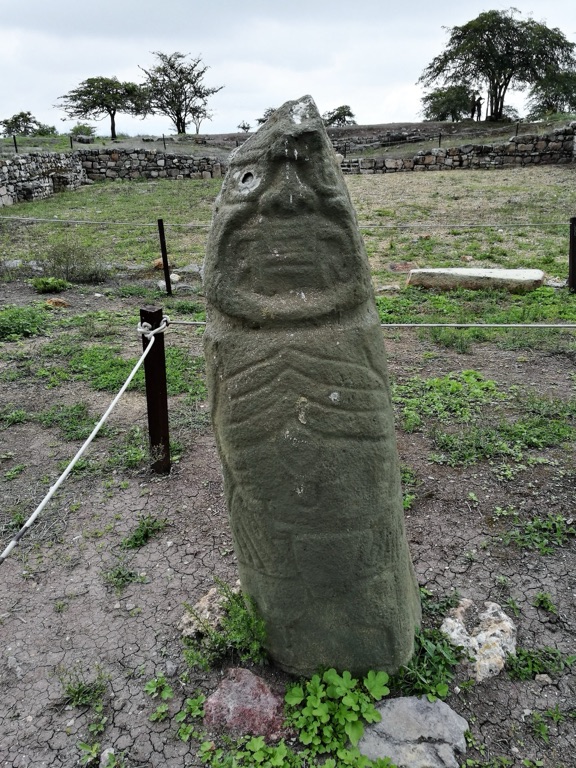
The Kuntur Wasi Museum
In 1994, the Kuntur Wasi Museum was opened, managed by the local community. This museum plays a crucial role in preserving and showcasing the artifacts discovered at the site, including gold decorative breastplates, crowns, earrings, and dishes, as well as materials indicating trade with distant cultures, such as spondylus shells from Ecuador and lapis lazuli from northern Chile.
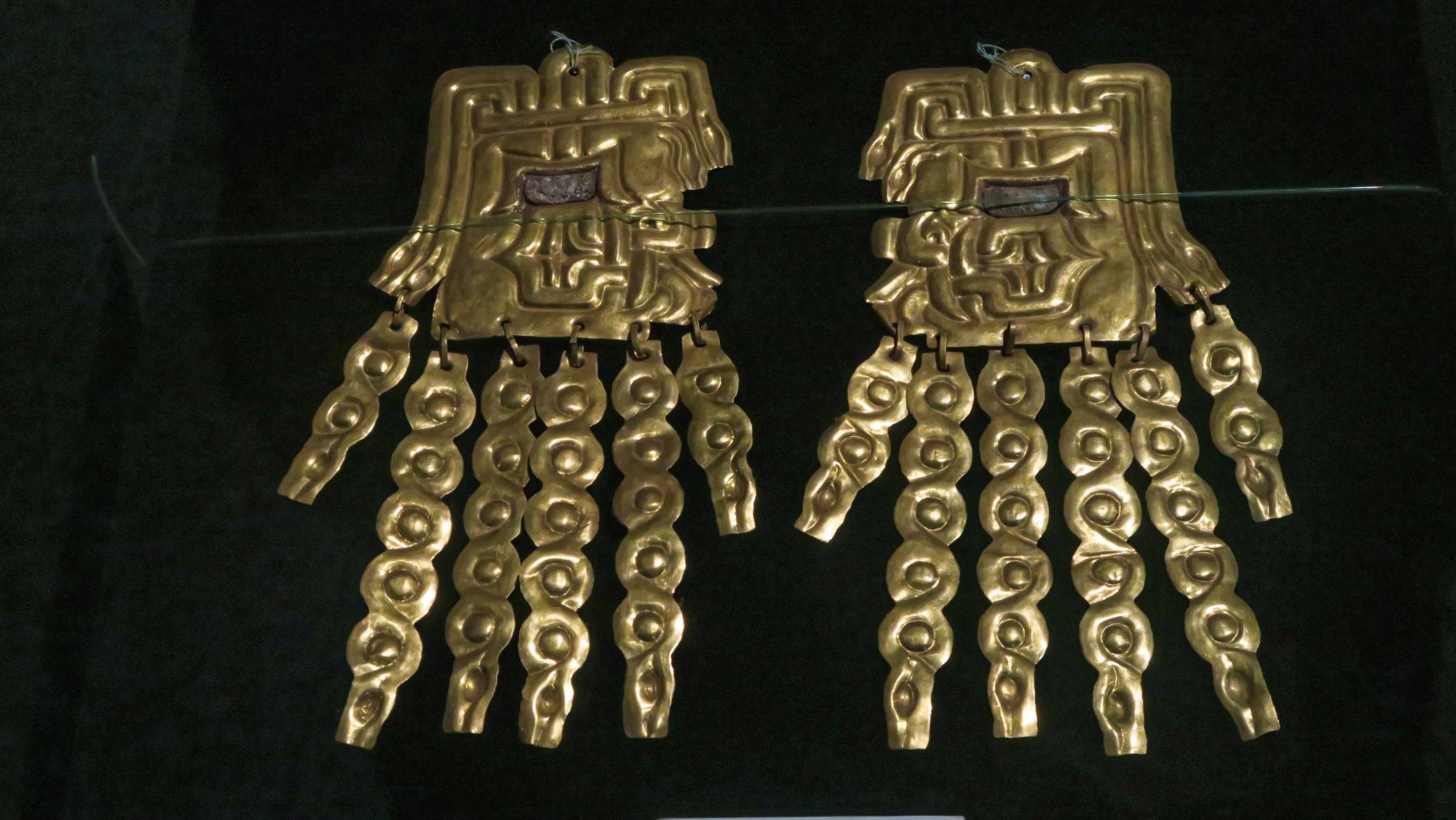
Conclusion
Kuntur Wasi serves as a significant archaeological site that offers profound insights into the religious, social, and economic aspects of the societies that once thrived in the Andean highlands of Peru. Its complex architecture, impressive stone sculptures, and the artifacts uncovered through archaeological excavations contribute to our understanding of the cultural and historical connections among ancient Andean societies. The ongoing research and preservation efforts at Kuntur Wasi continue to enrich our knowledge of Peru’s pre-Columbian past.
Sources:

